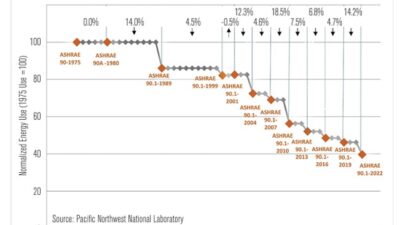According to Patrick Newport, a U.S. Economist with Global Insight, commercial construction numbers continue to look good.
According to Patrick Newport, a U.S. Economist with Global Insight , commercial construction numbers continue to look good.
In summary:
* Construction spending fell 1.1% in March.
* A big drop in residential improvements (an unreliable estimate) distorted the top-line number.
Excluding improvements, spending fell 0.4%.
* Private construction declined 1.7%, while public construction increased 0.6%.
* Single-family home construction dropped by more than 5% for the fourth time in five months.
* Private nonresidential construction increased 1.9%. Moreover, its recent history was revised up.
* Based on these estimates, second quarter GDP will be revised up by $10.1 billion later this month.
For at least three reasons, this report was not as bad as the headline number implies.
First, residential improvements accounted for most of the drop. This category does not appear in the published tables because it does not meet the Census Bureau’s quality standards. (One can back out an estimate of this volatile and unreliable category, however, by subtraction.) Indeed, March’s improvements estimate, according to the Census documentation, is a forecast, not a data point based on sampled data. Excluding residential improvements, spending decreased 0.4%
Second, the condition of the nonresidential construction market is not as weak as portrayed in last month’s release. Spending on nonresidential construction increased 1.9% in March. Moreover, the estimates for January and February were revised up. February’s release implied that the nonresidential construction sector was slipping into recession. March’s numbers indicate that it is expanding.
Third, the construction market is not as weak as portrayed in February’s release, or as weak as the BEA portrayed it in the first quarter GDP estimates released yesterday (April 30). Based on March’s construction numbers, second quarter GDP will be revised up by $10.1 billion later this month. This translates into nearly a 0.3% upward revision in real GDP.



